Canning Fish: Salmon, Blue, Mackerel, Trout…
This page may contain affiliate links. More Information.
Ever wanted to try canning fish?
I don’t really care for most fish. But salmon?!? Oh, we love salmon!
Last time we were in Oregon, we visited with a friend who supplied a salmon dinner. Real fresh, non-farm raised salmon. We also have a friend from Minnesota who brings us fish when he visits. He is an avid ice fisher. I forget what kind he brings…mmmmm, but it is good!
Gotta love those friends!
Remember, canning fish is just like canning meat. You will need to know how to use a pressure canner for canning fish. This pressure canning page has more detailed information and step-by-step instructions.
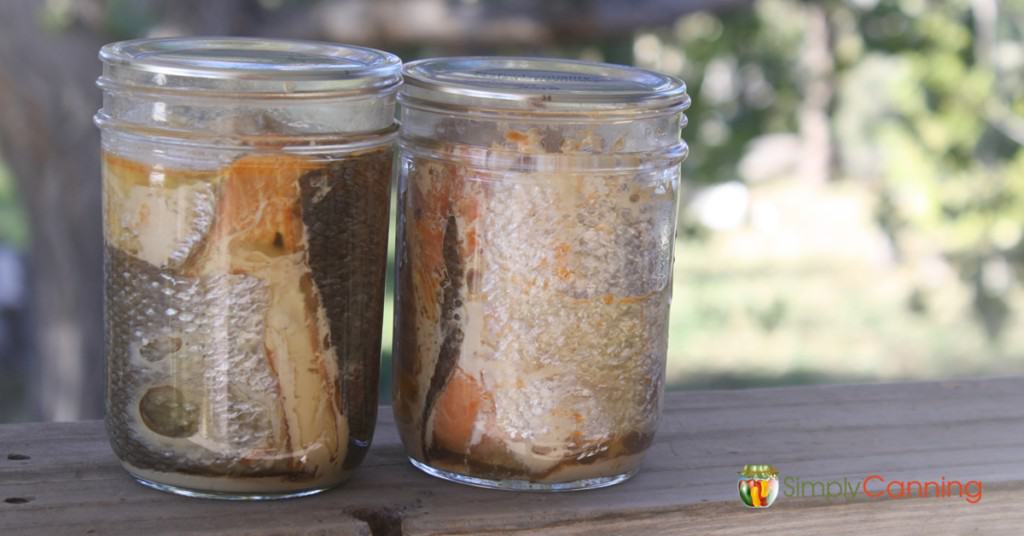
This Page Includes:
Canning Fish: Extended, Step-By-Step Directions
A big thank you to Susan, one of my readers, who graciously offered to take pictures of her canning fish sessions for this page.
First step…
Fish must be prepared in 1/2 pints or pints. (I’ve found that a pint of fish is a lot, so it’s more convenient to can in 1/2 pints. If you think about it, the cans of fish you buy in the store are often small. But of course, it all depends on how you use it in recipes.) If you want to can fish in quart jars, there are extra steps you must take, which I don’t cover here. (Check NCHFP and Alaska Extension for instructions.)
Gather your canning supplies:
- pressure canner
- canning jars
- canning lids and rings
- jar lifter and canning funnel
- stock pot
- bowls
- large spoons
- sharp knife
- towels and dish cloths
Ingredients:
- fish
- canning salt
Pressure Canning Fish
First, clean your fish. You’ll need to remove the head, tail, and all fins and scales.
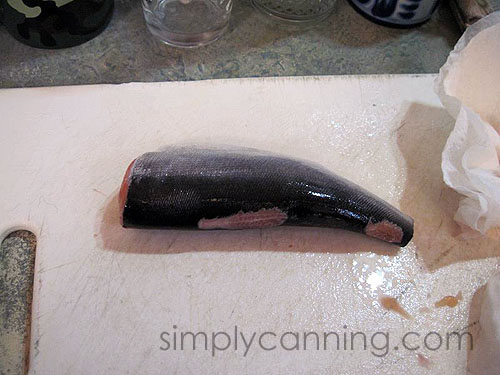
Wash well and split fish lengthwise.
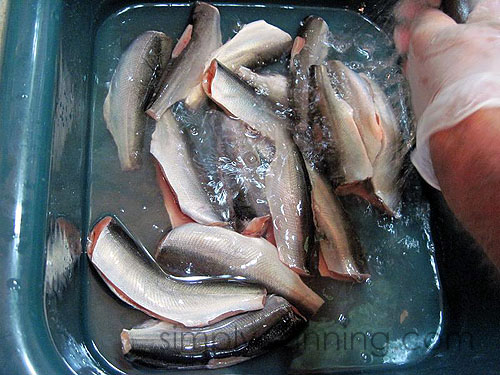
Cut fish into jar-length pieces.
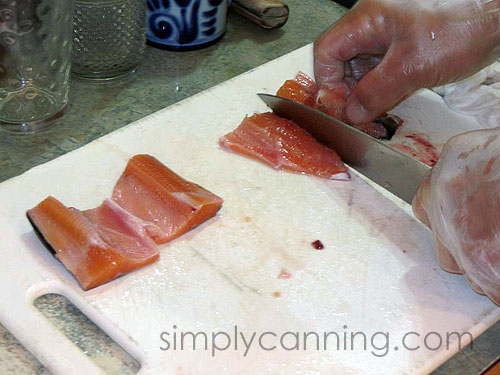
Soak your fish in a salty brine for 1 hour. Use 1 cup of salt to 1 gallon of water. (This technique came from my Ball Blue Book, and I would think that brining would be especially helpful for flavor if the fish is fresh caught.) If you don’t brine, add salt to your jars if desired (1 tsp. per pint or 1/2 tsp. per half-pint).
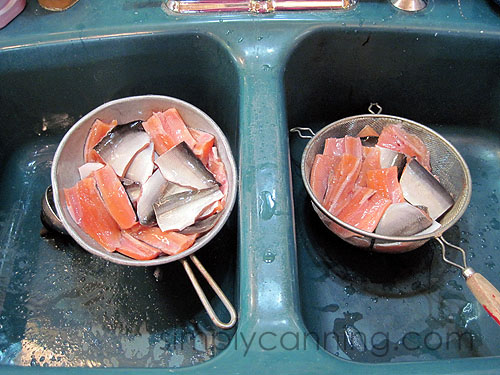
While fish is soaking, gather all materials needed. Start your water heating in your canner. See pressure canning for more detailed instructions.
Drain fish for 10 minutes. You want to be sure it is well drained.
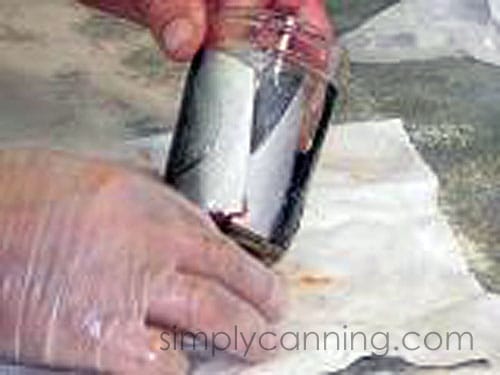
Pack fish into hot jars (pints or half pints), skin sides out next to the glass. Leave a 1-inch headspace. Do not add liquid.
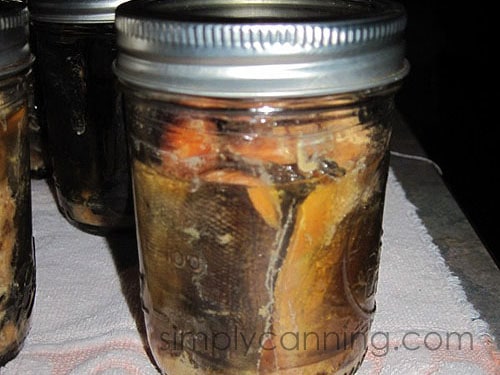
Place lids and process according to pressure canning instructions.
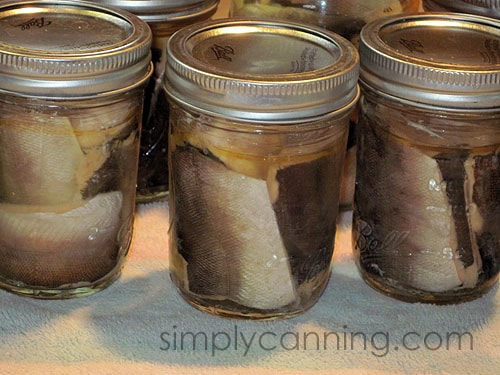
How Long Does It Take to Can Fish?
Process pints or half pints 1 hour 40 minutes.
Don’t forget to adjust for your altitude. Use the chart below:
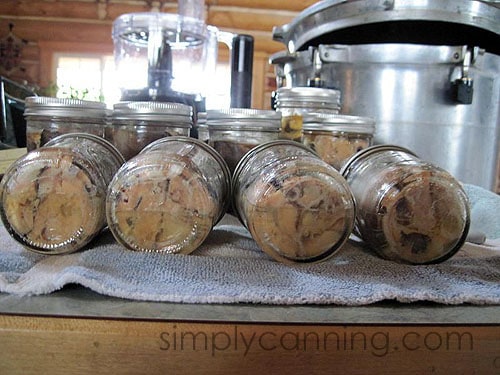
Recipe Card
Canning Fish FAQs & Tips
Water Bath Canning Fish in Jars
I fell asleep while canning salmon in open water kettle and the water level was two inches below the top of the jars 4 hrs later. They sealed but are they safe to eat? Or can I freeze the batch in the jars? This was 4 days ago. I have tried county extension, and they don’t have any one in that department. Lois – WA
Answer:
When you are canning any kind of meat, including fish, you really need to pressure can it. I can’t give any recommendations regarding water bath canning salmon. I am sure that an extension office will tell you the same thing.
You would be safe freezing if you found the error right away (within 24 hours). In a case like that, I’d freeze in freezer bags. However, since your fish has been out for 4 days, I don’t believe it would be safe at this point.
In the future, you might try another extension, maybe in a nearby town. That is what I do. I like to work with the lady at an extension office that is actually in the next town over.
Sharon
What About Canning Fish at a Higher Pressure?
Our local cooperative extension service recommended canning salmon at 11 lbs. for 100 minutes (1/2 pint jars). The pressure cooker is determined to stay at 15 pounds. Does that matter?
Answer:
As long as you don’t use less pressure than is recommended, you should be fine. If you were to be using a weighted gauge canner, then you would need to use the 15-pound weight. So I would think using that pressure on your dial gauge pressure canner should be okay.
What Kind of Fish Can Be Canned?
Answer:
According to the NCHFP, these instructions are for canning blue, mackerel, salmon, steelhead, trout, and fatty fish, but NOT tuna.
How Do You Use Canned Fish?
Use home canned fish just like you would commercially canned fish: in sandwiches, salads, etc.
Related Pages
Canning Smoked Fish – Salmon, Blue, Mackerel, Trout
Canning smoked fish starts with the smoking process. Fish that has been smoked the standard way will end up being very dry after pressure canning.
Which Canning Methods Should I Choose?
Canning methods come down to two styles: water bath or under pressure. Learn which one you should be using for different kinds of foods. SimplyCanning.com uses USDA safety methods, with good reason!
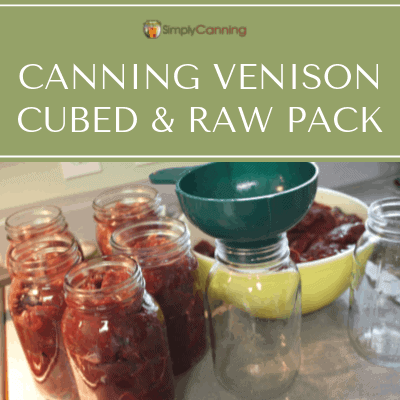
Canning Venison: Cubed & Raw Pack
These canning venison directions work for meat, beef, pork, or elk too. Get to canning your own meat at home!
Pin This to Find Later:
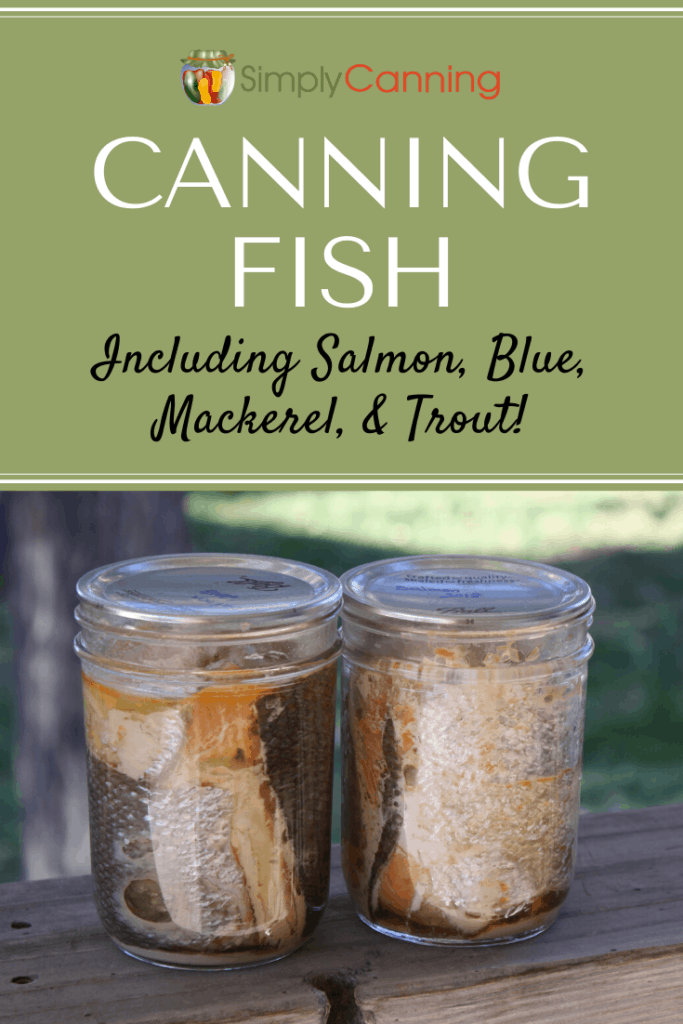
Source: The National Center for Home Food Preservation, Ball Blue Book, Michigan State Extension
Page last updated: 7/9/2021


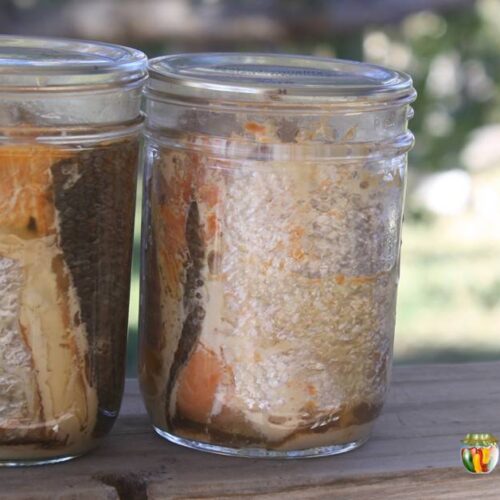
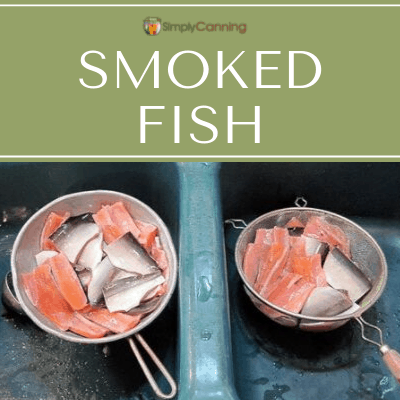
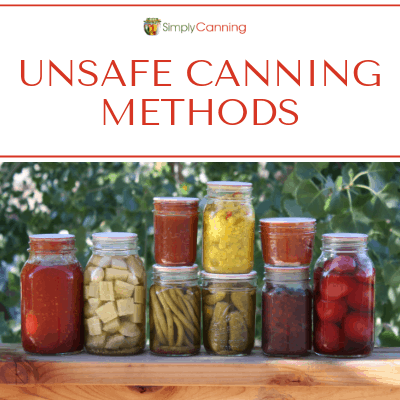
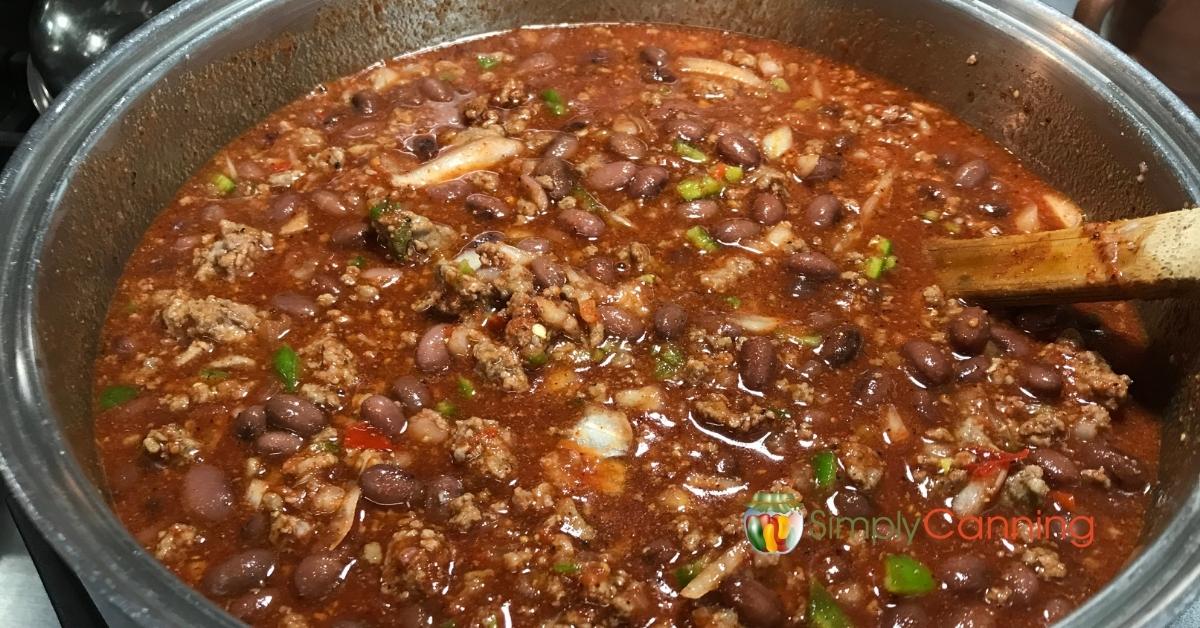
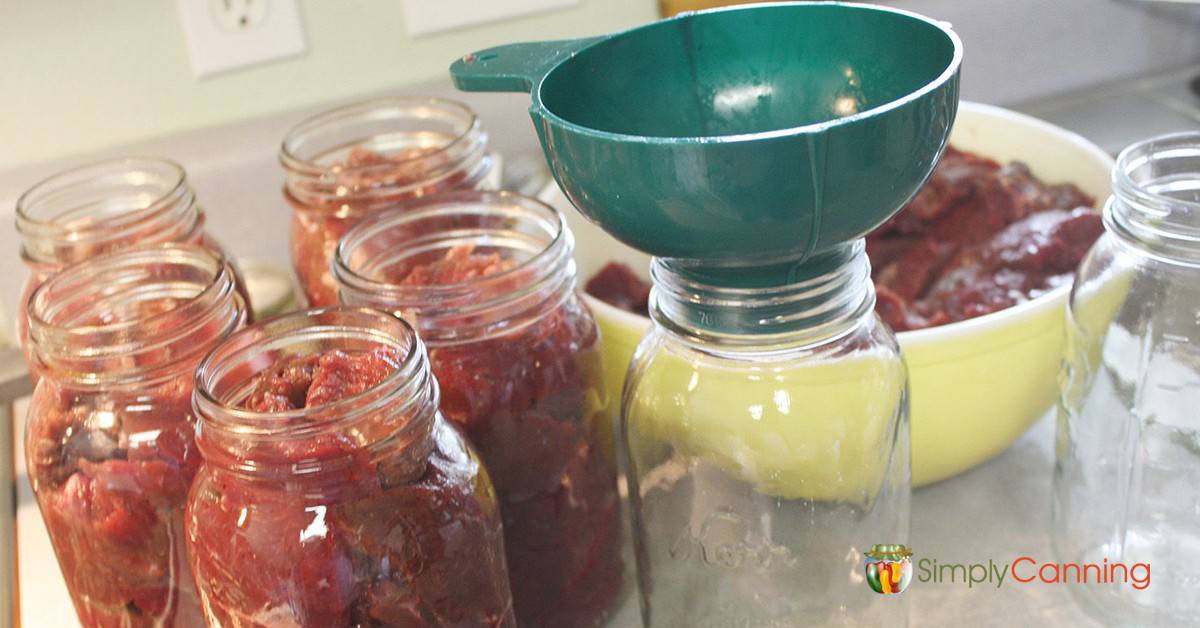


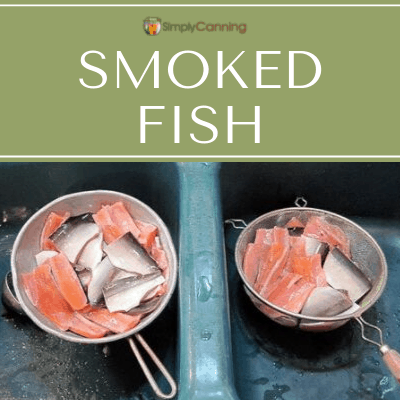
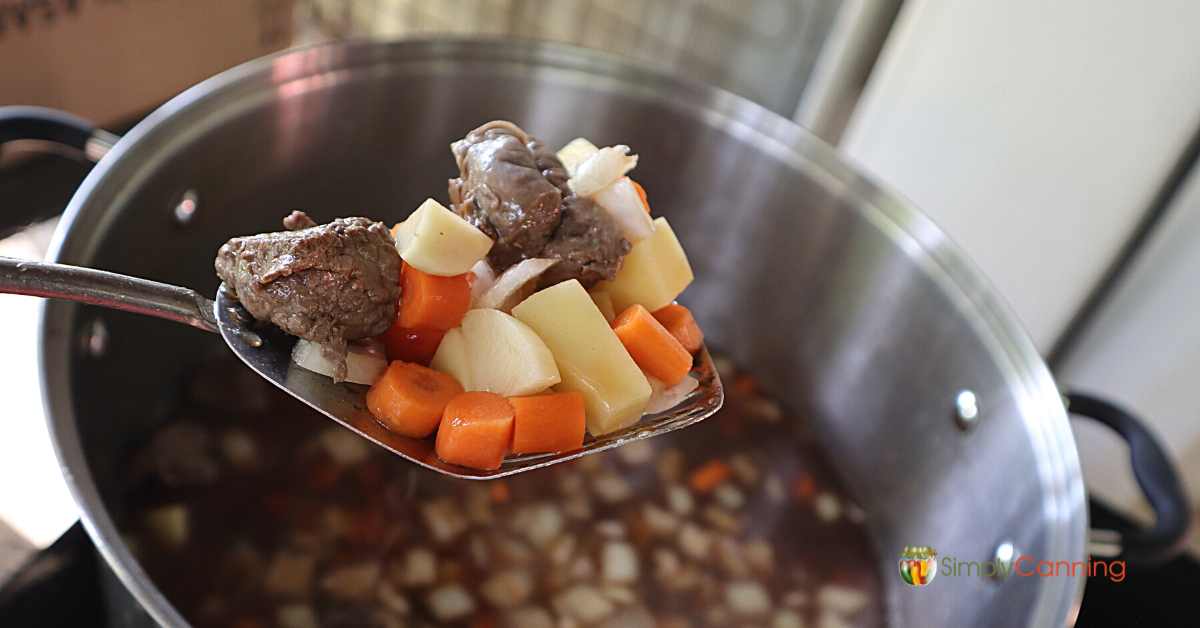
Is there no liquid involved when canning fish? I see it says to add fish to jars skin side out, wipe down jar, then add rings and lids.
Often times when canning raw meat you don’t add liquid. The meat itself provides juices as it is processed.
This may be a stupid question, but can this recipe be used to can catfish?
BTW I used this recipe from you to can rainbow trout that I caught my first time fishing for trout! I was able to can 32 trout and freeze 16 (this was from fishing every weekend for a month.) Your resources have been an absolute Godsend as I learn to can the safe way!
Not a stupid question at all. Different types of fish meat vary so they all need to be considered individually. The sources I use all say “blue, mackerel, salmon, steelhead, trout and other fatty fish except tuna.” Now I’m not a fish expert so I don’t know if catfish is considered a ‘fatty fish’. But I’ve found 2 resources that do include catfish in the list. https://www.freshpreserving.com/blog?cid=fish-pressure-canning
https://extension.sdstate.edu/canning-fish
I hope that helps!
You might want to call you extension service and see if they can help
Roughly how many pounds of salmon do you need to fill 9 pints? Thank you for including those clues in the canning chicken recipe. Doing that today.
Hi, Dawn!
I checked the original recipe source, and they don’t list an amount either… I’m checking with Sharon to see if she has any idea!
-Rachel (Sharon’s assistant)
when placing in the jar ,make sure the skin is not touching jar,makes it way easier to wash jar after use
That sounds like a good idea. But by putting the skins out (towards the jar) makes the skin peel off easily when you prepare the fish to use. I like to remove the skins for our meals.
Why can you not can tuna?
Tuna may be canned, just not with this recipe. There are separate instructions for canning tuna at NCHFP: https://nchfp.uga.edu/how/can_05/tuna.html
-Rachel (Sharon’s assistant)
Oh, ok, wonderful, thank you!!
Can I process/can frozen fish after thawing? or should it be fresh?
Yes, you can! Extensions say this: “If the fish is frozen, thaw it in the refrigerator before canning.”
-Rachel (Sharon’s assistant)
Ok, dumb question. On one of those “Alaska” shows I saw how they cured(brined), smoked then canned their salmon. I smoke the majority of my fall salmon catch every year. Could I take some of the cold-smoked “lox” style I make and than some of that?
Not a dumb question at all! Actually, there are specific things you’ll need to do when canning smoked fish that are different than this recipe. One of those is smoking it in a specific way. I don’t have experience myself but I asked for help from a friend who does this himself. Go to this page for information on canning smoked salmon.